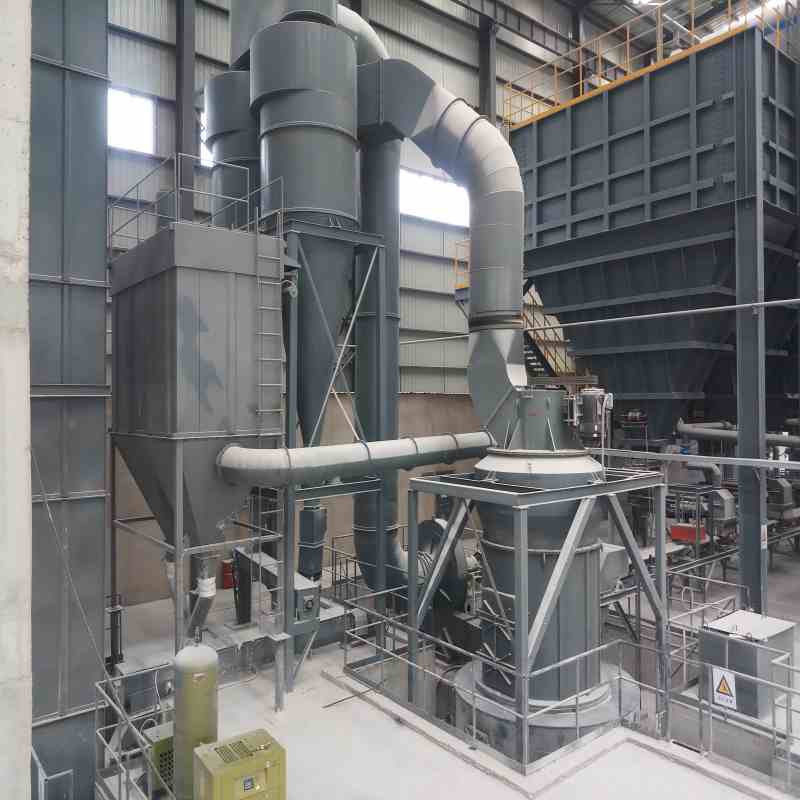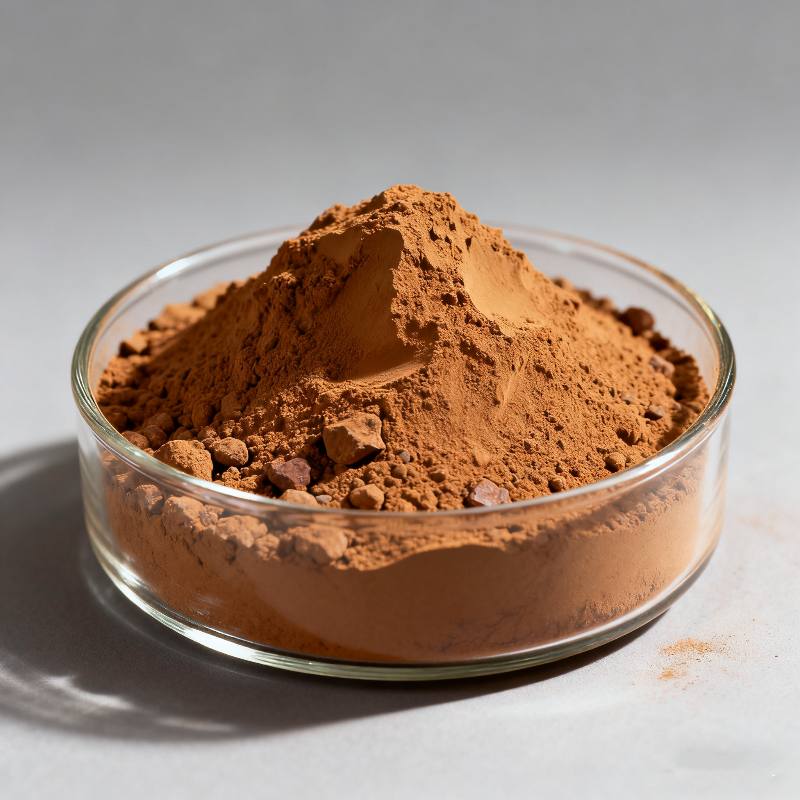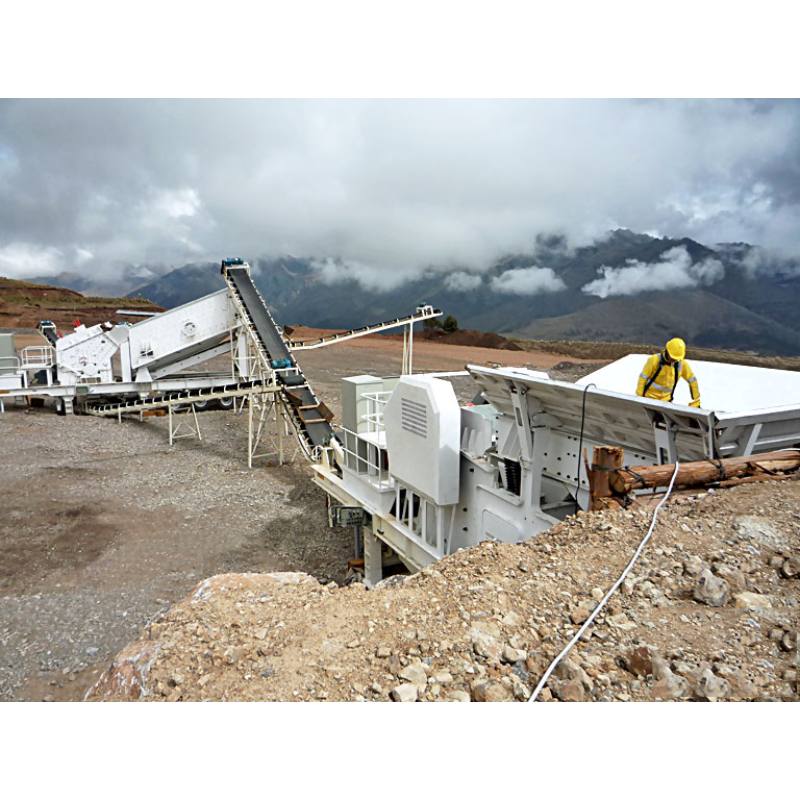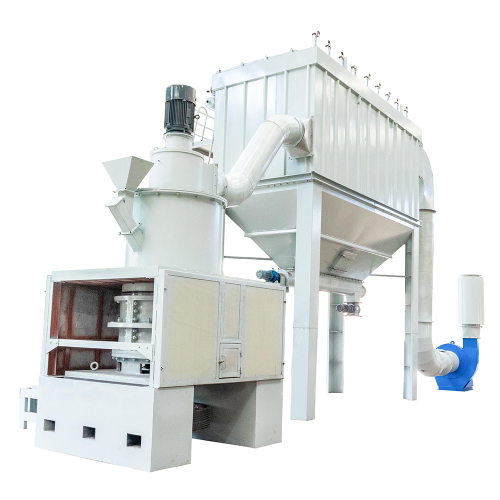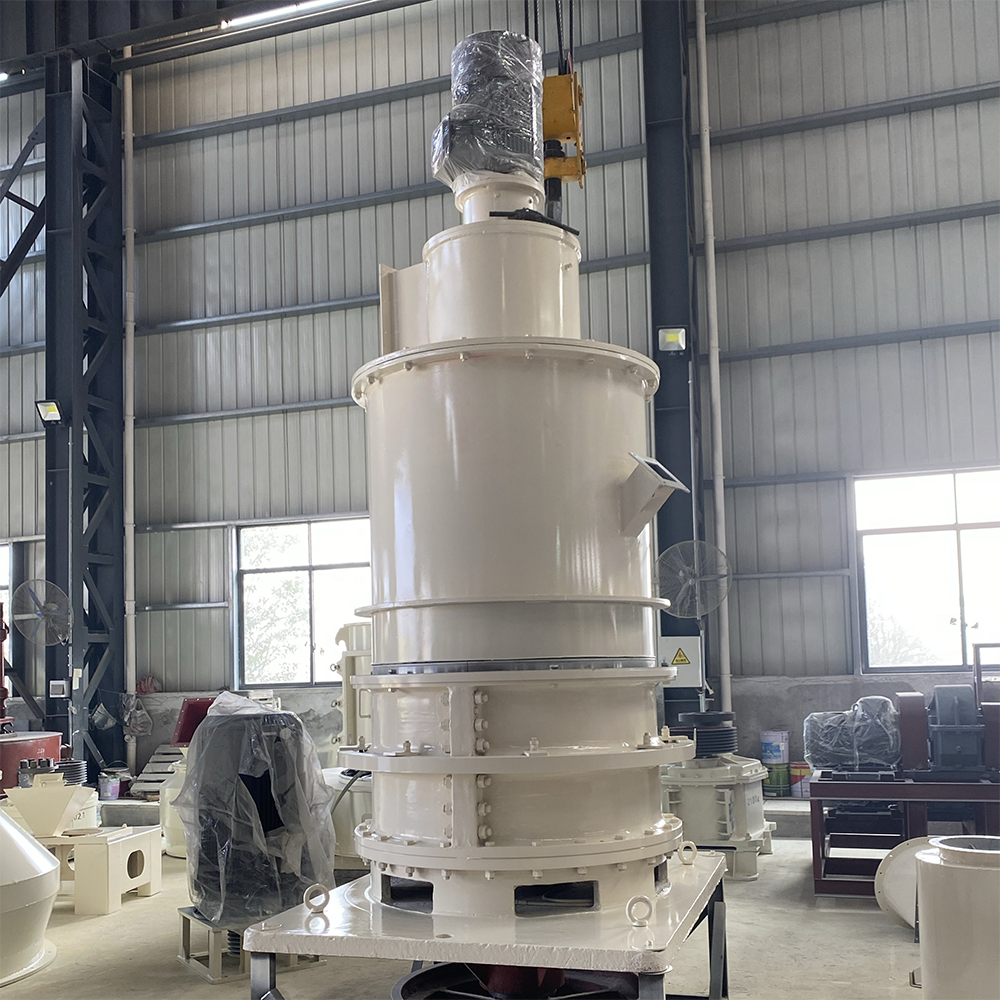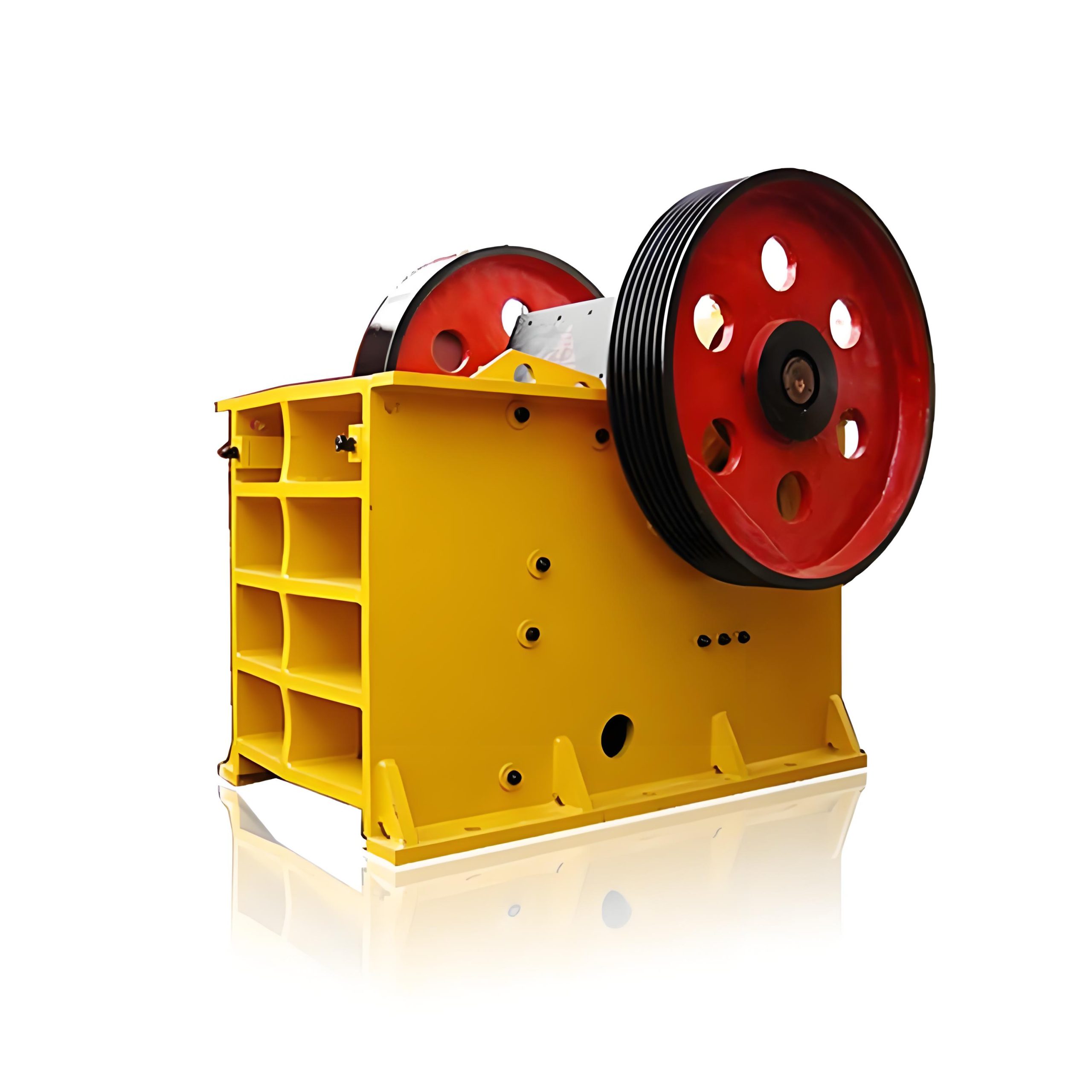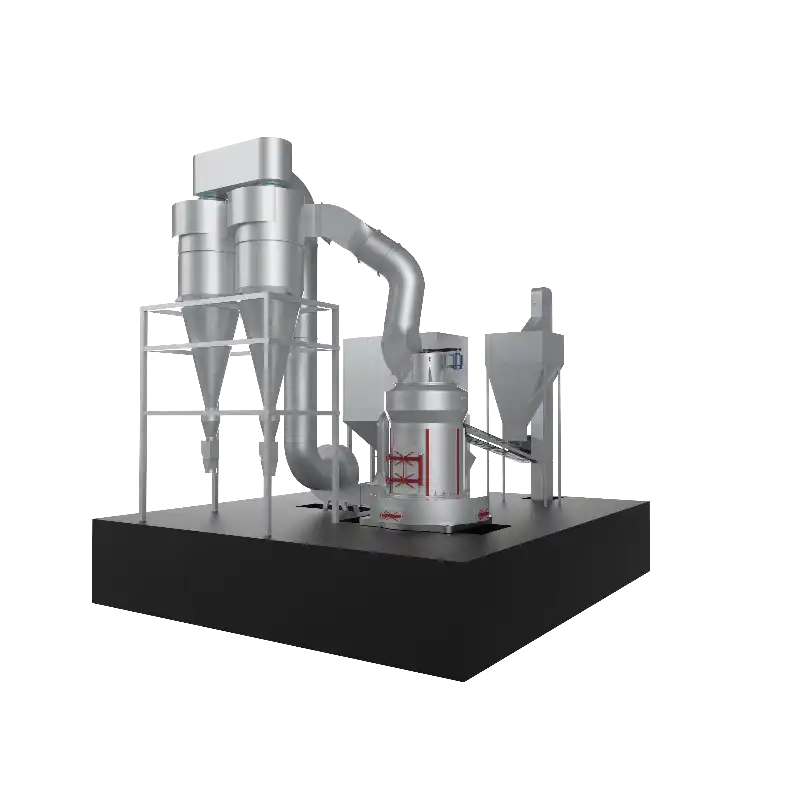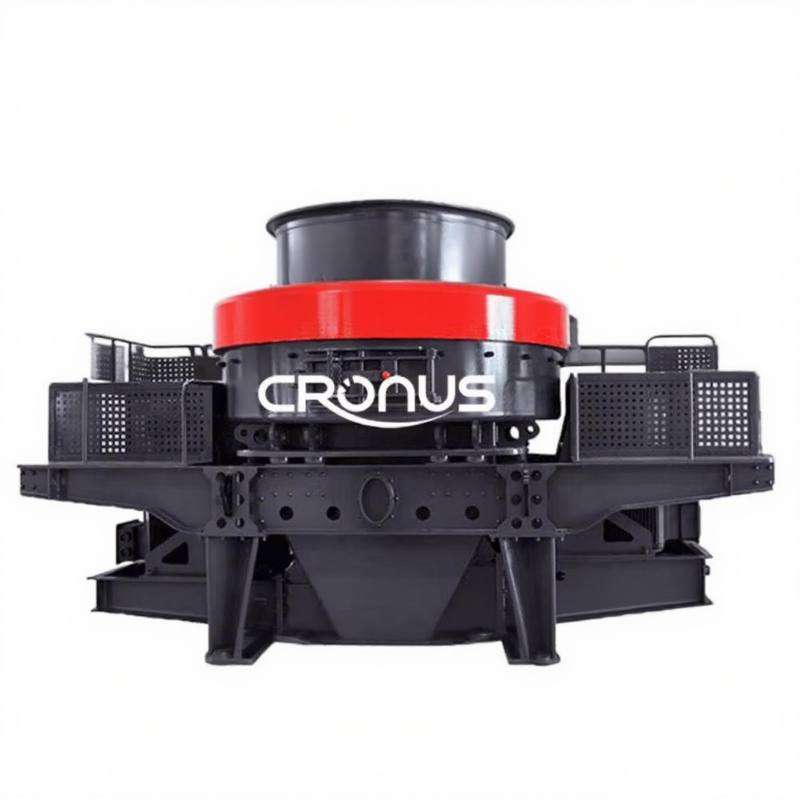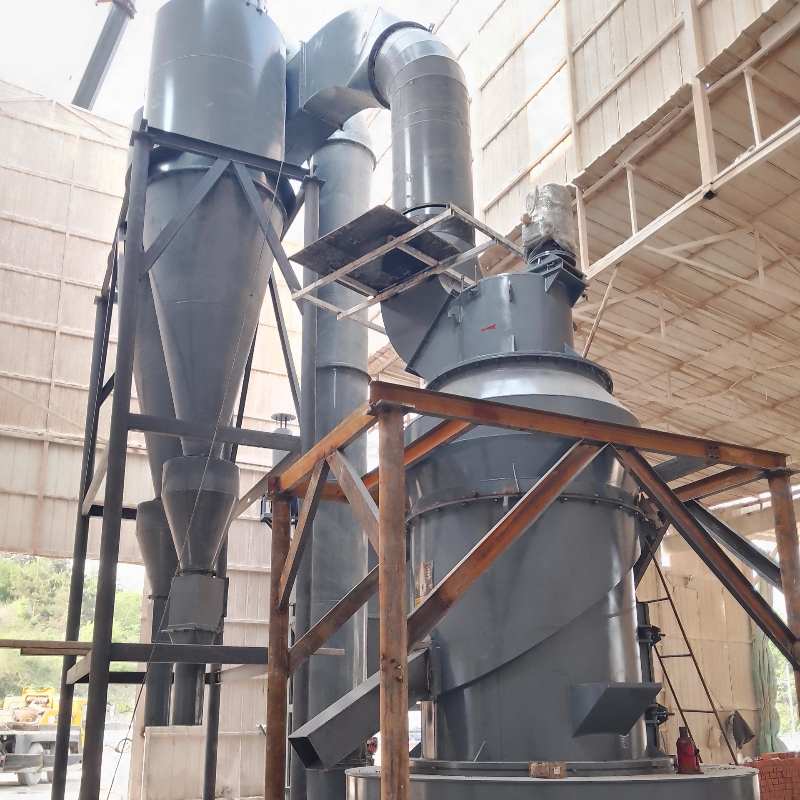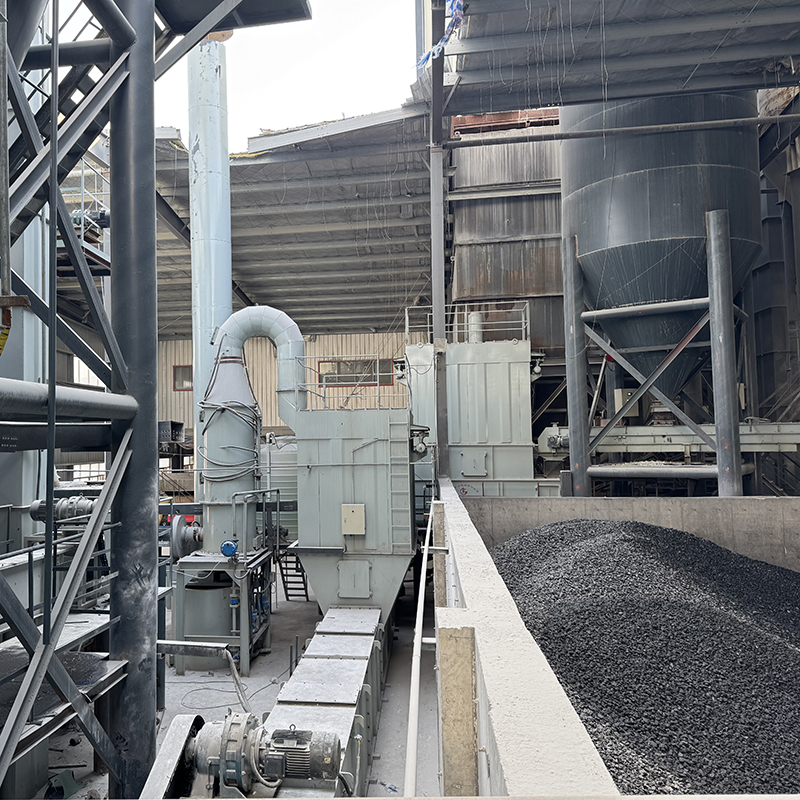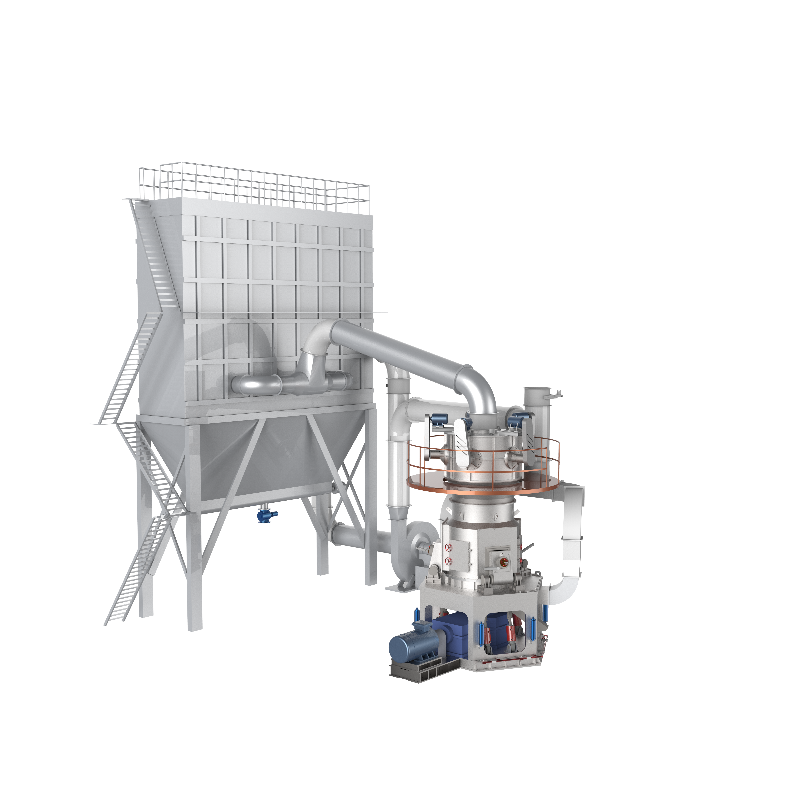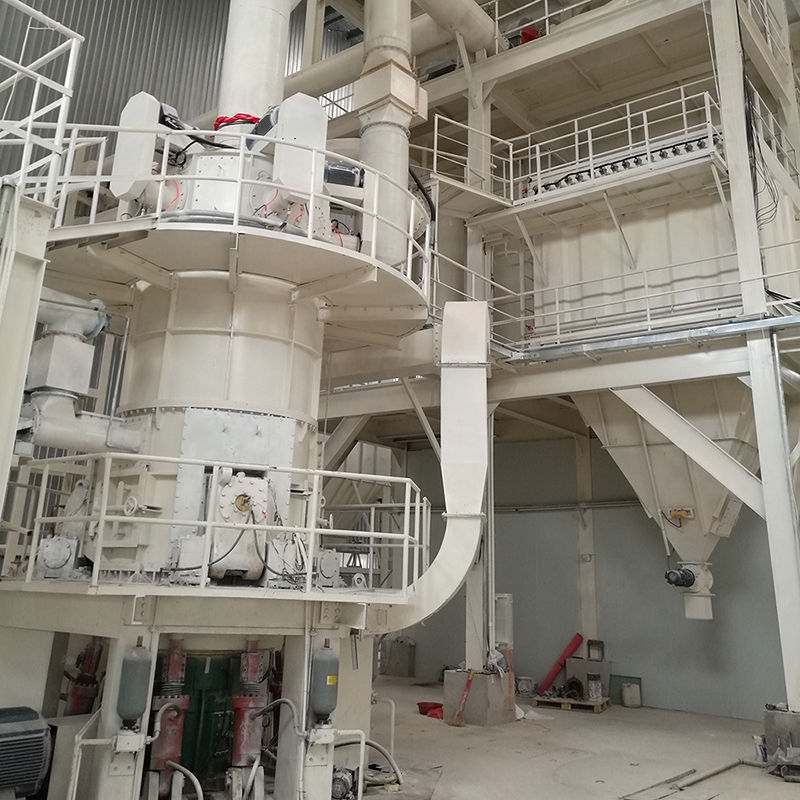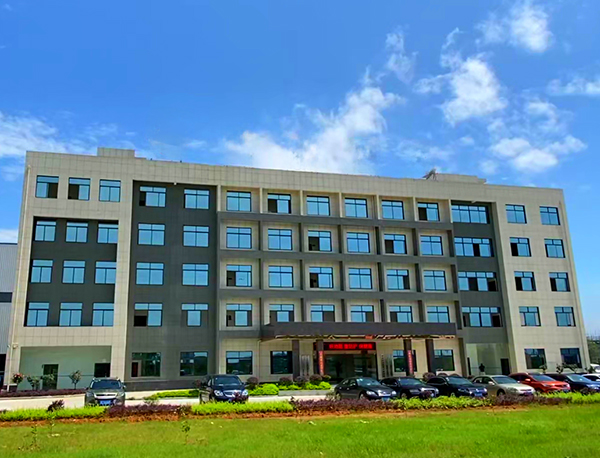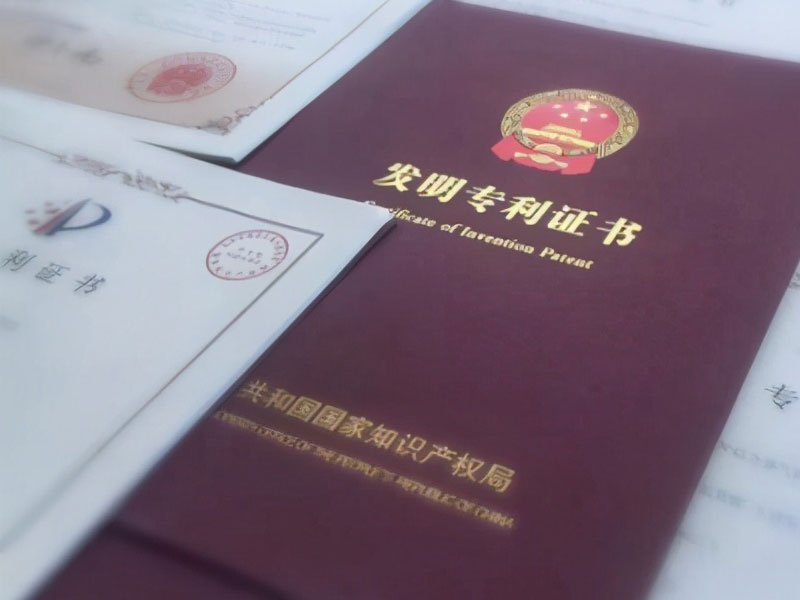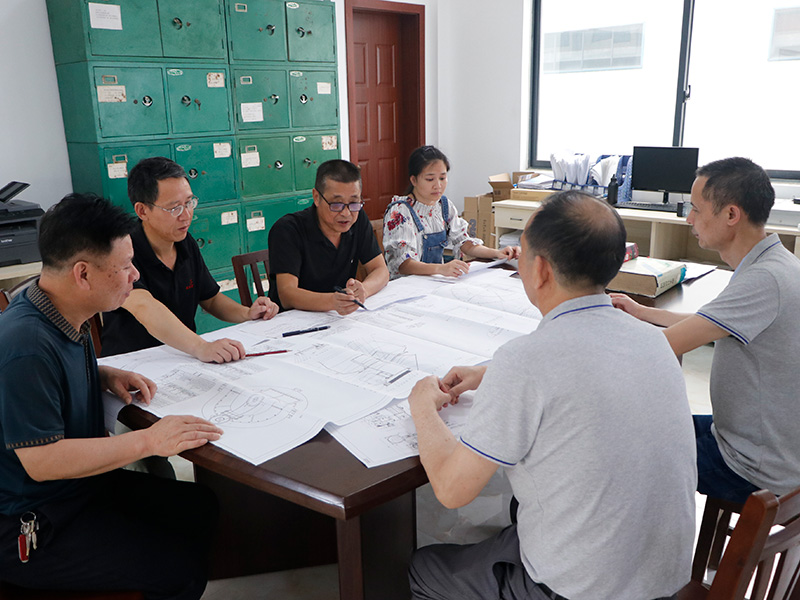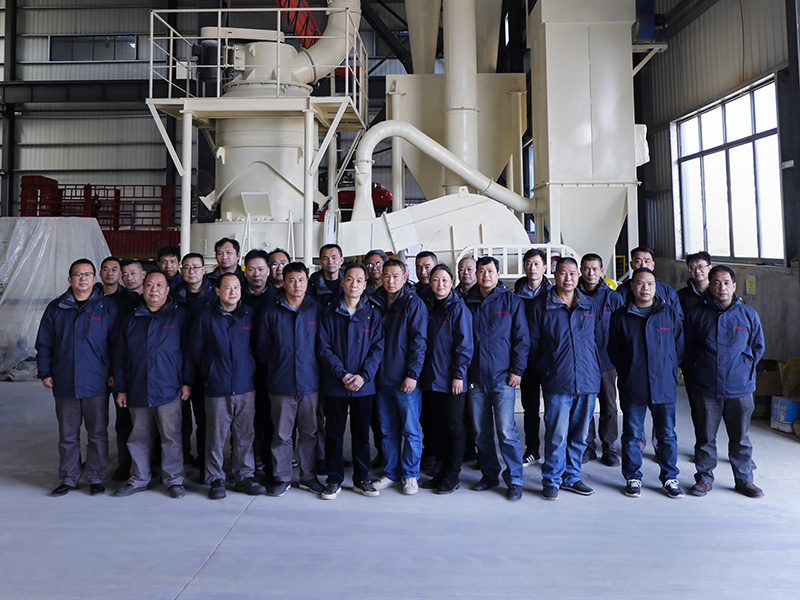Maintenance of an Bauxite powder enhanced roller grinding mill for bauxite powder production is critical to ensure its efficient operation, longevity, and consistent output quality. Here’s a comprehensive guide on maintaining this type of mill:
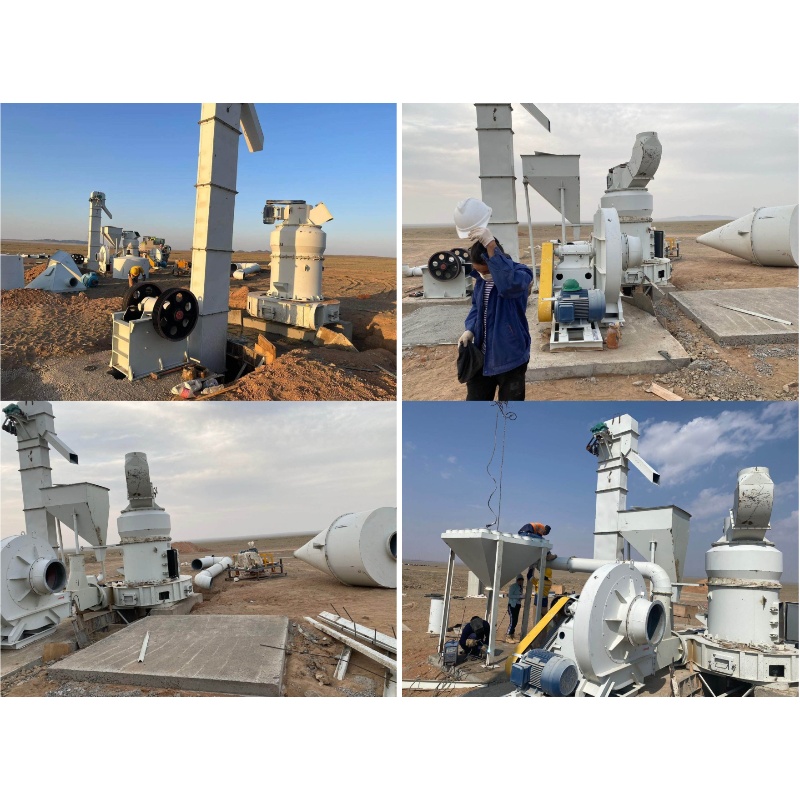
Regular Inspection and Monitoring
(1) Daily Visual Checks: Inspect the Bauxite powder enhanced roller grinding mill for any visible signs of wear, leaks, unusual noises, or vibrations. Check the integrity of the rollers, grinding table, and seals.
(2) Temperature Monitoring: Continuously monitor the temperature of the bearings, gearboxes, and grinding components. Overheating can indicate lubrication issues or excessive wear.
Lubrication
(1) Scheduled Lubrication: Ensure that all moving parts, especially the bearings, rollers, and gears, are adequately lubricated. Follow the manufacturer’s guidelines for lubrication intervals and use the recommended type of lubricant.
(2) Automatic Lubrication Systems: If the Bauxite powder enhanced roller grinding mill is equipped with an automatic lubrication system, regularly check the system for proper functioning and refill the lubricant reservoir as needed.
Roller and Grinding Table Maintenance
(1) Surface Wear Monitoring: Regularly measure the wear on the roller surfaces and the grinding table. Excessive wear can reduce grinding efficiency and lead to uneven particle size distribution.
(2) Rebuilding and Resurfacing: When the wear reaches a critical level, the rollers and grinding table may need to be resurfaced or replaced. This can be done using specialized welding techniques or by replacing the components with new ones.
Gearbox and Drive System
(1) Oil Changes: Periodically change the gearbox oil according to the manufacturer’s recommendations. Use high-quality oil to ensure smooth operation and reduce wear.
(2) Vibration Analysis: Conduct regular vibration analysis to detect early signs of gear or bearing wear. Unusual vibrations can indicate misalignment, bearing failure, or gear damage.
Airflow and Classification System
(1) Filter and Duct Maintenance: Clean or replace air filters regularly to ensure proper airflow through the mill. Check ducts for blockages and leaks.
(2) Classifier Calibration: Periodically calibrate the classifier to ensure accurate particle size separation. Adjust settings as needed to maintain the desired product quality.
Dust Collection System
(1) Filter Cleaning/Replacement: Regularly clean or replace filters in the dust collection system to maintain efficient operation and prevent clogging.
(2) Seal Checks: Inspect seals and gaskets in the dust collection system to prevent dust leakage and ensure the system is operating under the correct pressure.
Belt and Motor Maintenance
(1) Belt Tension and Alignment: Check the tension and alignment of drive belts regularly. Misalignment or improper tension can lead to slippage and reduced efficiency.
(2) Motor Inspection: Inspect the motor for overheating, unusual noises, or vibrations. Ensure that the motor is clean and free from dust buildup, which can cause overheating.
Control System
(1) Software Updates: Keep the mill’s control software updated to benefit from the latest features and improvements.
(2) Sensor Calibration: Periodically calibrate sensors used for monitoring temperature, pressure, and other critical parameters to ensure accurate readings.
Emergency and Safety Systems
(1) Safety Checks: Regularly test emergency stop buttons, alarms, and safety interlocks to ensure they function correctly.
(2) Training: Ensure that operators are trained on the correct procedures for operating and maintaining the mill, including emergency protocols.
Scheduled Downtime
(1) Planned Maintenance Shutdowns: Schedule regular maintenance shutdowns to perform more in-depth inspections, repairs, and component replacements. This helps prevent unexpected breakdowns and prolongs the life of the equipment.
Documentation and Record-Keeping
(1) Maintenance Logs: Keep detailed records of all maintenance activities, including inspections, repairs, and replacements. This helps track wear trends and plan future maintenance.
(2) Operational Data: Record operational parameters such as feed rate, grinding pressure, and product fineness. Analyzing this data can help identify potential issues early.
Introduction of Bauxite powder enhanced roller grinding mill
The Bauxite Powder Enhanced Roller Grinding Mill is an advanced industrial equipment specifically designed for processing bauxite into fine powder. Bauxite is a crucial raw material for aluminum production. This mill uses high-pressure rollers to apply significant force to bauxite particles, achieving uniform and fine grinding.
Features of Bauxite Powder Enhanced Roller Grinding Mill
- Efficient Grinding: The Bauxite powder enhanced roller grinding mill is equipped with enhanced grinding rollers that efficiently process bauxite, providing a high output of fine powder.
- Adjustable Fineness: The equipment allows for adjusting the fineness of the powder according to specific requirements, making it suitable for various applications.
- Durable Design: The Bauxite powder enhanced roller grinding mill is made with wear-resistant materials, enabling it to operate for long periods in high-temperature and high-wear environments.
- Environmental Performance: The Bauxite powder enhanced roller grinding mill is equipped with dust collection systems to reduce dust emissions, and its energy-efficient design lowers energy consumption.

